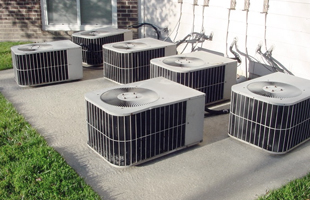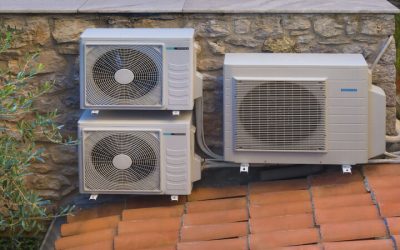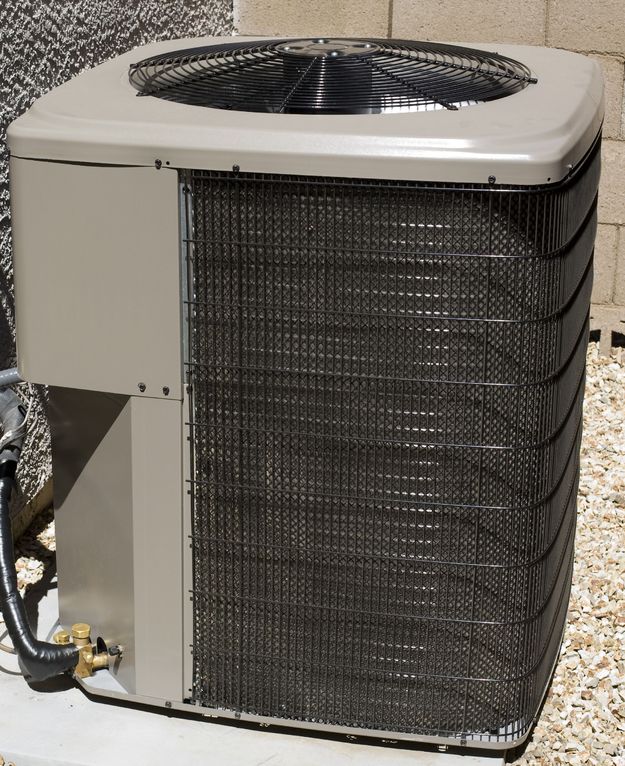A cracked heat exchanger is a common yet potentially dangerous issue that can occur in heating systems, particularly in furnaces. This problem not only affects the efficiency of the heating system but can also pose serious health risks due to the potential release of carbon monoxide. Understanding the causes, symptoms, and solutions for a cracked heat exchanger is essential for homeowners and professionals alike.
What is a Heat Exchanger?
A heat exchanger is a critical component of a furnace, responsible for transferring heat from the combustion chamber to the air that circulates throughout a building. During this process, the exchanger ensures that combustion gases do not mix with the indoor air. Over time, however, factors such as age, wear and tear, and lack of maintenance can lead to cracks in the heat exchanger.
Causes of Cracked Heat Exchangers
- Age and Wear : As the furnace ages, the metal components of the heat exchanger can become brittle and susceptible to cracking.
- Overheating : If a furnace overheats due to blocked vents or a malfunctioning blower, the excessive heat can cause the exchanger to crack.
- Corrosion : Moisture buildup from condensation can lead to rust and corrosion, weakening the metal and resulting in cracks.
- Vibration and Stress : Constant vibration and stress from the furnace operation can gradually damage the heat exchanger.
Signs of a Cracked Heat Exchanger
- Soot Buildup : Excessive soot accumulation in the furnace can indicate incomplete combustion, often a result of a cracked exchanger.
- Unusual Odors : A metallic or chemical smell may be noticeable when the furnace is running, suggesting a crack.
- Carbon Monoxide Detectors : Frequent alerts from carbon monoxide detectors can be a strong indication of a cracked heat exchanger.
- Visible Cracks : During maintenance, visible cracks or holes in the exchanger can confirm the problem.
Risks Associated with a Cracked Heat Exchanger
A cracked heat exchanger poses serious health risks, primarily due to potential carbon monoxide leaks. This colorless, odorless gas can lead to symptoms such as headaches, dizziness, and nausea, and in severe cases, it can be fatal. Hence, addressing this issue promptly is crucial.
How to Fix a Cracked Heat Exchanger
- Professional Inspection: Always start with a thorough inspection by a qualified technician to assess the extent of the damage.
- Replacement: In most cases, replacing the heat exchanger is the most effective solution. While it might be costly, it ensures the safety and efficiency of the furnace.
- Regular Maintenance: Preventive measures such as regular cleaning, checking for blockages, and ensuring proper ventilation can extend the life of the heat exchanger.
- Upgrade: If the furnace is old, consider upgrading to a more modern, efficient model with advanced safety features.
A cracked heat exchanger is a significant issue that requires immediate attention due to the associated risks of carbon monoxide exposure and decreased heating efficiency. By understanding the causes, recognizing the symptoms, and knowing the appropriate solutions, homeowners can ensure their heating systems operate safely and efficiently. Regular maintenance and timely professional inspections are key to preventing such problems, safeguarding both the health of the occupants and the longevity of the heating system.



